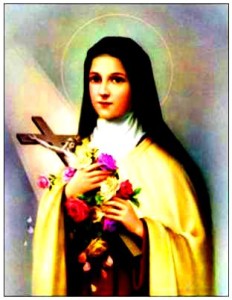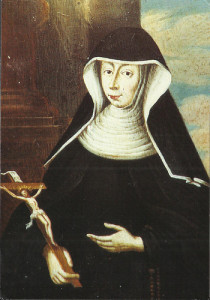
St. Maria Crescentia Hoss (1682-1744)
Image: Catholic Sisters & Brothers
(Vatican) Born in Bavaria Kaufbeuren, Maria Crescenzia Hoss, was the seventh of eight children, the daughter of a poor weaver according to Franciscan Media – that during her youthful days, she spent play time praying in the Parish Church, assisted those even poorer than herself and had so mastered the truths of her Christian faith, that she was permitted to make her Holy Communion at the then unusual early age of seven in the town which she called ‘The Little Angel.’
In 1703 Maria Crescentia desired to enter the Convent of the Franciscan Tertiaries of Mayerhoff but the Convent was poor and because she had no dowry, she was denied admission until the Protestant Mayor of the town pleaded her case–the Convent owing the Mayor a favor admitted Maria Crescentia but made her life miserable, assigning her nothing but menial tasks–even her cheerful spirit was misinterpreted as flattery or hypocrisy, despite all her challenges and difficulties, Maria Crescentia was professed a year later and remained throughout her life.
Conditions improved for Sister Maria when a new Superior was elected who realized her virtue, dedication and generosity and she was appointed the Mistress of Novices in 1726 and served until 1741 and then was elected Superior of the Community despite her attempts to refuse the post. To her Sisters, she recommended observing silence, recollection and spiritual reading especially the Gospels–the Teacher of their religious life had to be Jesus on the Cross.
Sister Maria was also a prudent and wise counselor to all that turned to her for strength and comfort–as what could be seen from her numerous letters.
In her three years as Superior of the Franciscan Tertiaries of Mayerhoff Sister Maria Crescentia became its second Foundress, she justified her selectivity regarding vocations by saying: “God wants the Convent rich in virtue not temporal goods.”
The principle points of Sister Maria’s program for the renewal of the Convent were: Unlimited trust in divine providence; Readiness in the acts of the common life, love of silence, devotion to Jesus crucified, devotion to the Eucharist and the Blessed Virgin Mother.
Sister Maria passed away on Easter Sunday 1744 and was buried in the Chapel of her Monastery.
In 1900 Sister Maria was Beatified by Pope Leo XIII and in 2001 Canonized by Pope Saint John Paul II who during his Homily of the Canonization Maria Crescentia Hoss said:
From her childhood, it was for His service that she used her talents. God gave her a beautiful voice. Already as a young lady she could sing a solo part not to display herself but to sing and to play for Christ the King.
Her knowledge of her fellow men she placed at the service of the Lord. The Franciscan was an esteemed advisor. To her Convent came many visitors, both simple Men and Women, Princesses and Empresses, Priests and Religious, Abbots and Bishops. In a certain way she became a kind of a ‘Midwife’ and helped those seeking counsel to bring forth the truth in their hearts.
Sorrow did not spare the (this) Saint — ‘Mobbing’ took place in her time, she endured the intrigues of her own community without ever doubting her vocation. The long period of suffering allowed her to grow in virtue of patience, this was helpful for her when she became Superior, for her to direct meant spiritually to serve–She was generous with the poor, Motherly with her Sisters and kind to all who needed a kind word.
St. Maria Crescentia lived what the Kingdom of Christ means: “Whatever you do to the least of your Brothers, that you do for me.” —Matthew 25:40
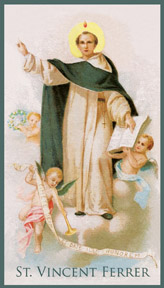

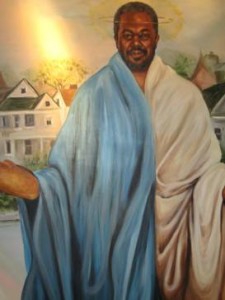
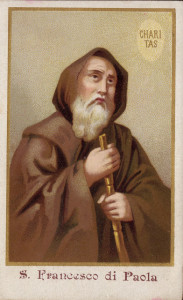
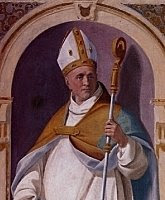
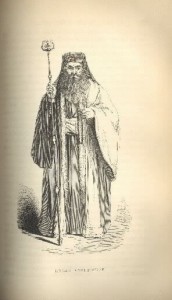
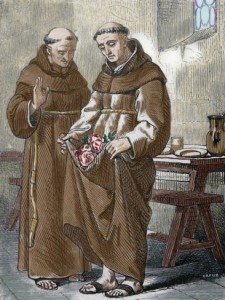
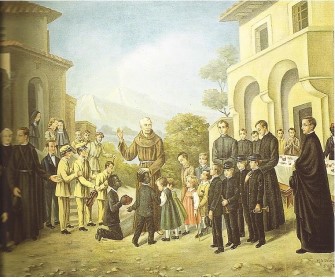 Saint Ludovico of Casoria (1814-1885)
Saint Ludovico of Casoria (1814-1885)